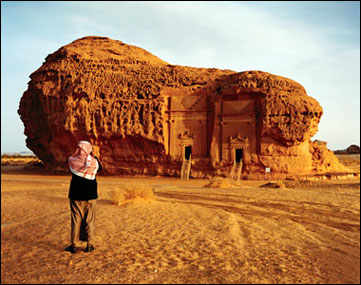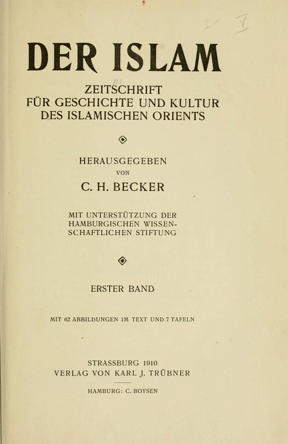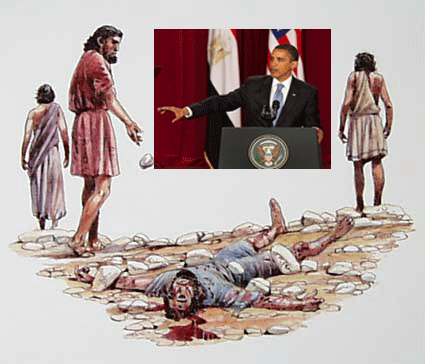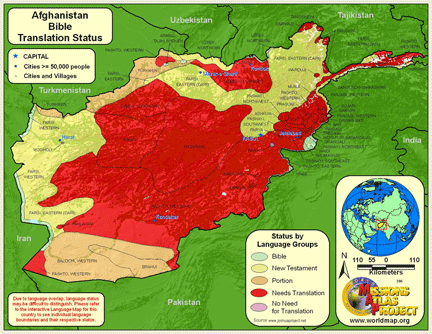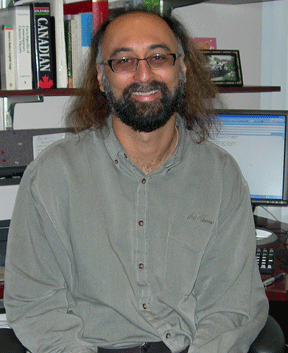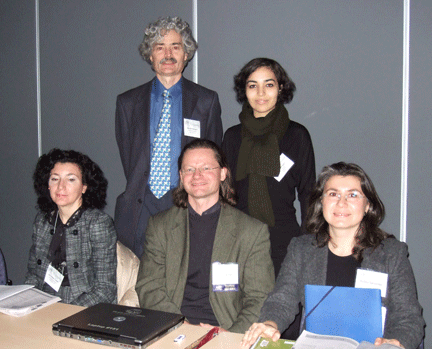
Left to right, Jocelyne Cesari, Dan Varisco, Jens Kreinath, Nadia Fadil, Refika Sarionder at AAR in Montreal
Last Saturday at the annual meeting of the American Academy of Religion I had the privilege of serving in a “responding†role on one of the first panels on the program. This was a session entitled “Talal Asad and the Anthropology of Islam,†organized by Jens Kreinath (Wichita State University), presided over by Refika Sarionder (University of Bielefeld) and with presentations by Jocelyne Cesari (Harvard University), Nadia Fadil (Katholieke Universiteit, Leuven), Jens Kreinath and Bruce B. Lawrence (Duke University). [Abstracts of the panel and papers are posted at the bottom of my comments.]
Following a typically powerful presentation by Bruce Lawrence and placed in the difficult role of representing Talal Asad (who was not present), I began my remarks by noting that I felt myself between a rock (a solid one at that) and a hard place. Drawing on my anthropological roots, I offered myself in the metaphorical role of Thomas Henry Huxley to Darwin, dubbing my wrapping-up task as akin to Asad’s Bulldog. This is not to say that the papers were overtly critical of Dr. Asad’s work; on the contrary, all expressed appreciation of his work as formative in their own ideas. Yet, in reading over the individual papers I detected several criticisms that stem more from dealing with isolated comments than considering the impressive and expanding corpus of Asad. I decided the best approach was to sum up what I see as some of the reasons the continuing intellectual trajectory of Dr. Asad is useful for those of us interested in something that might be called an “anthropology†of Islam.
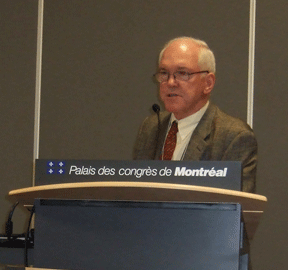
Bruce Lawrence at AAR in Montreal
